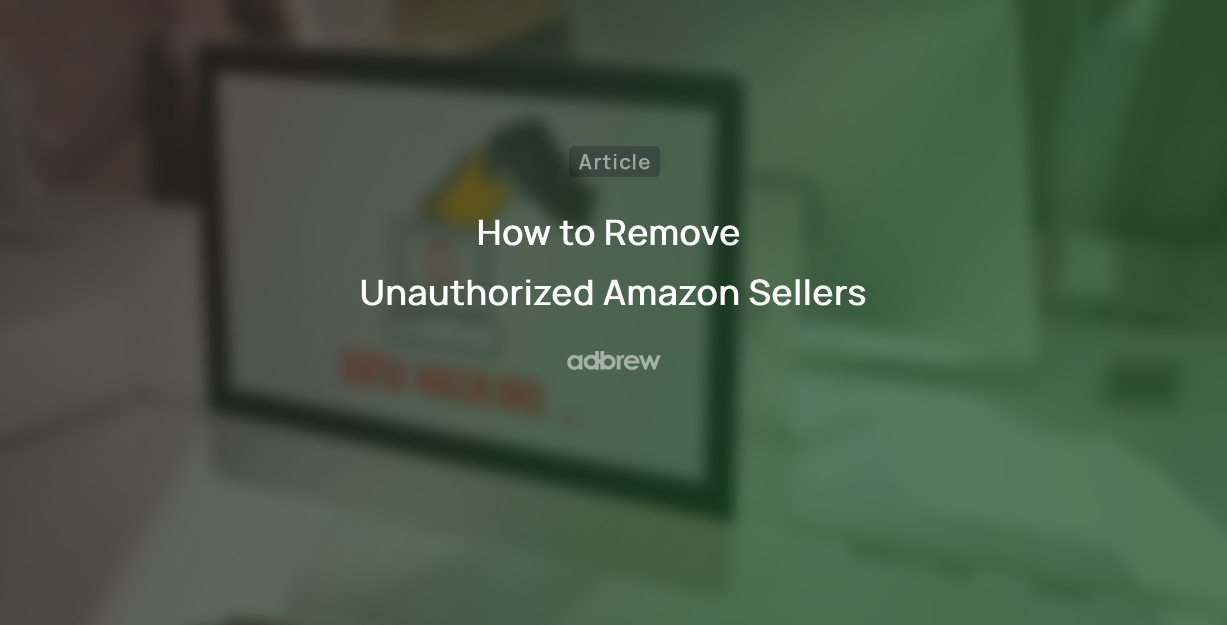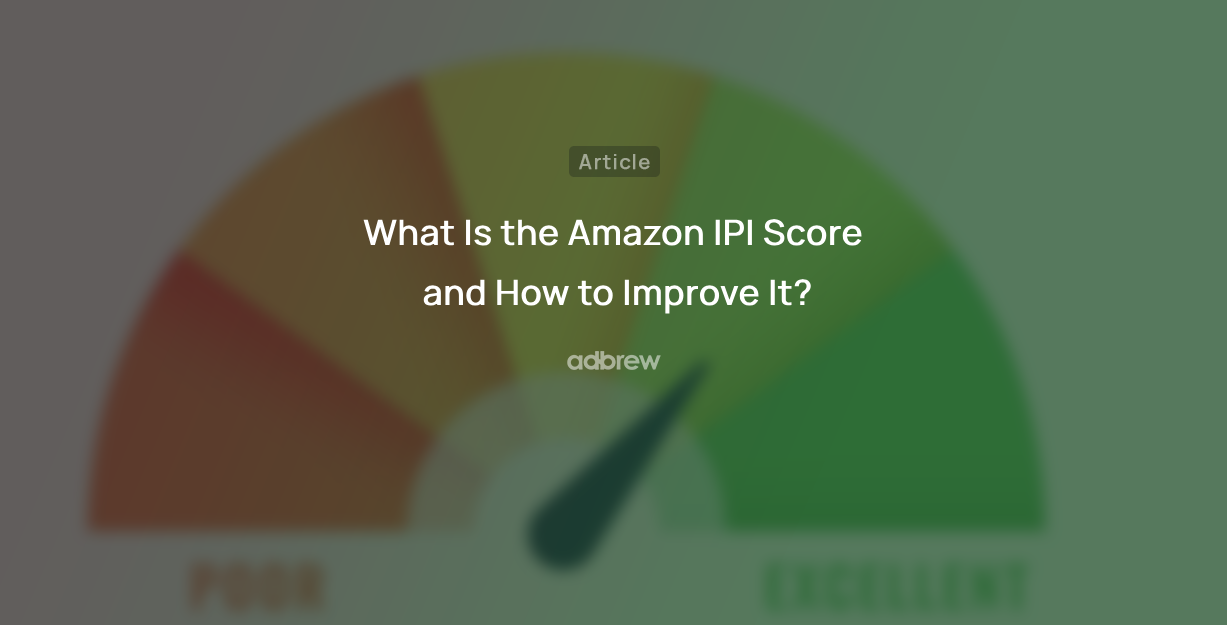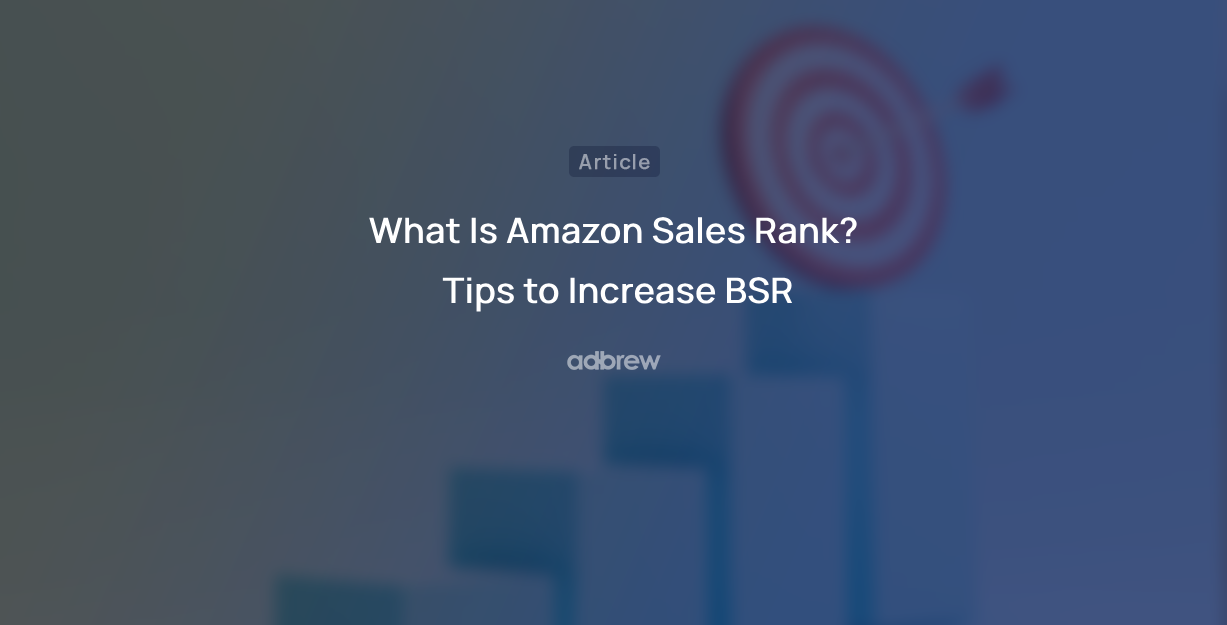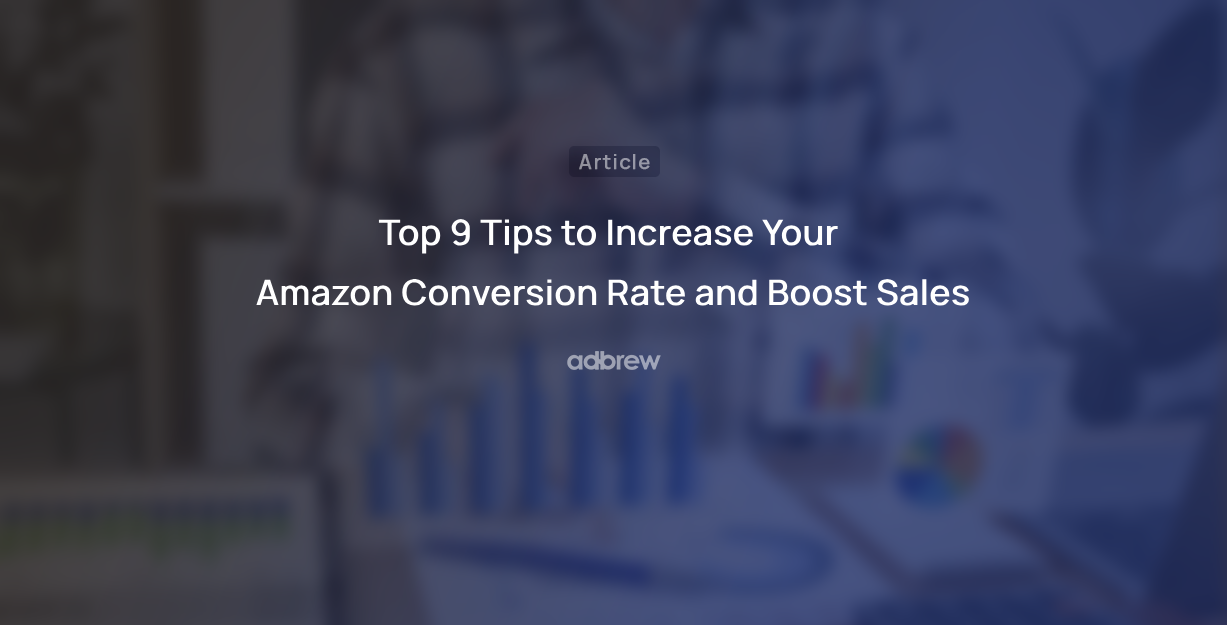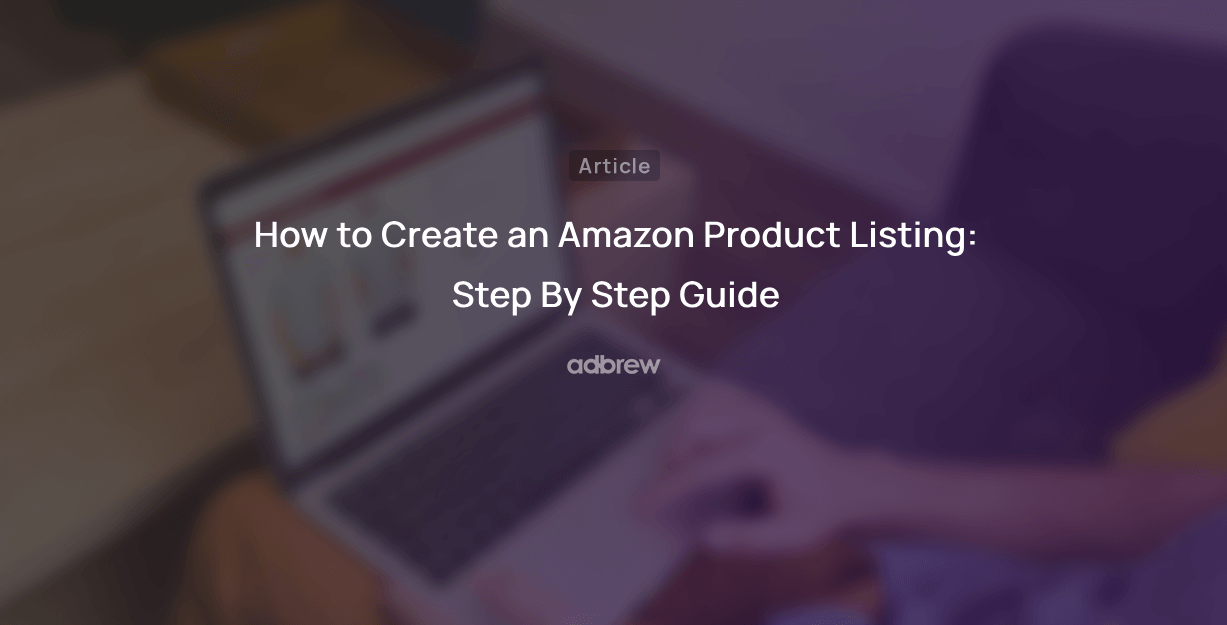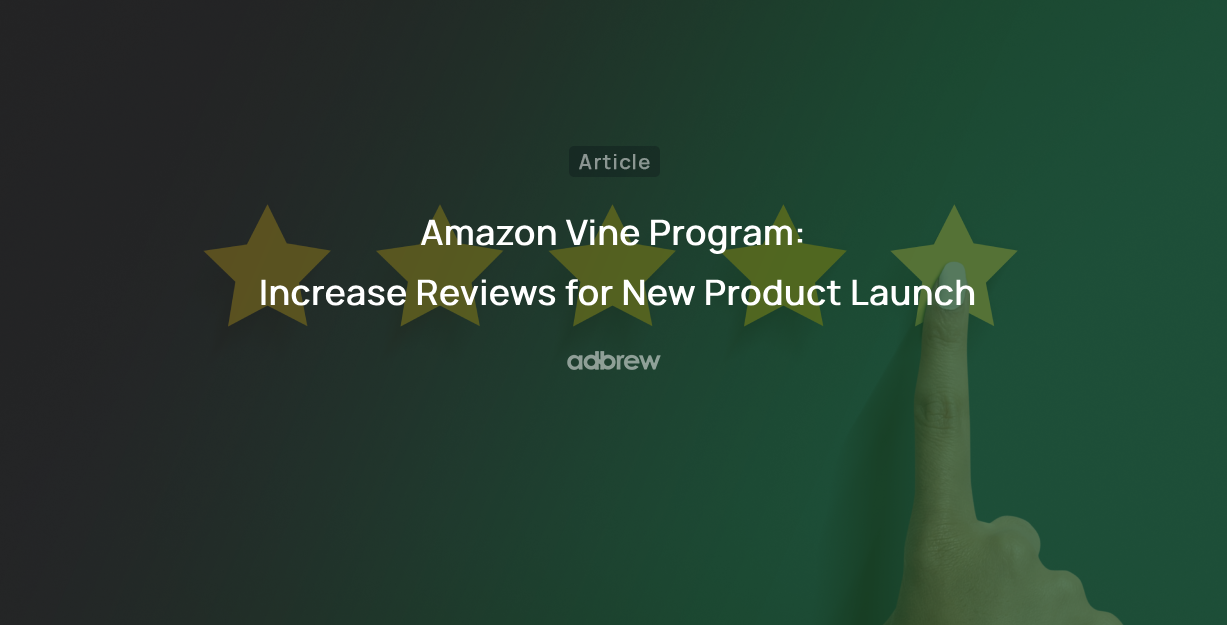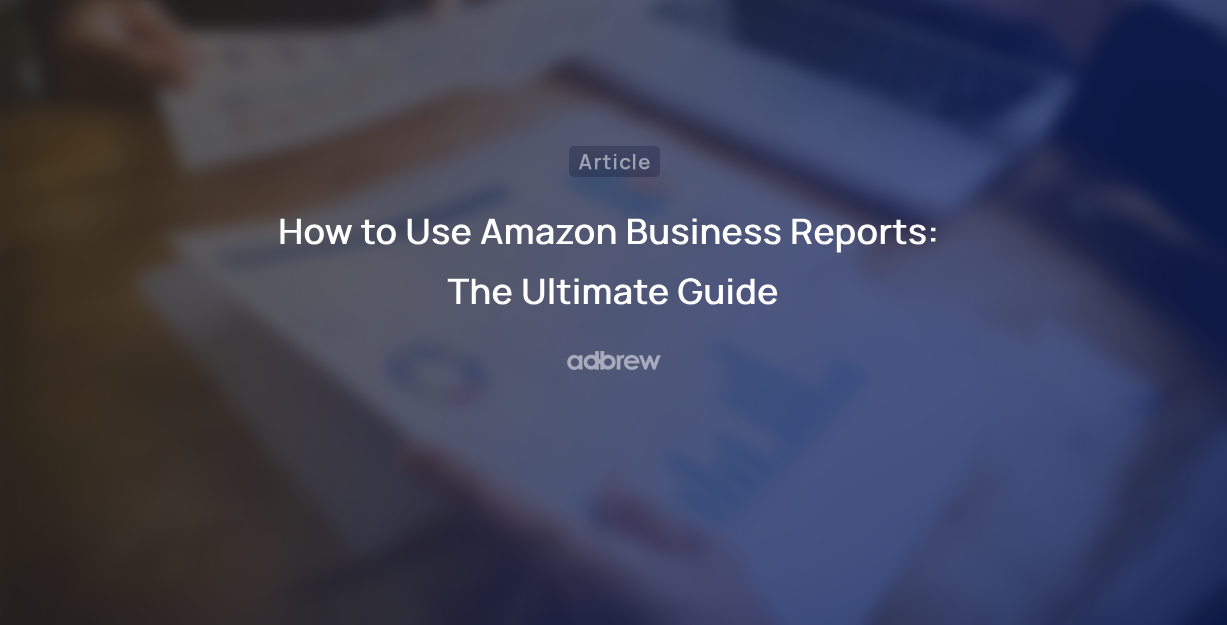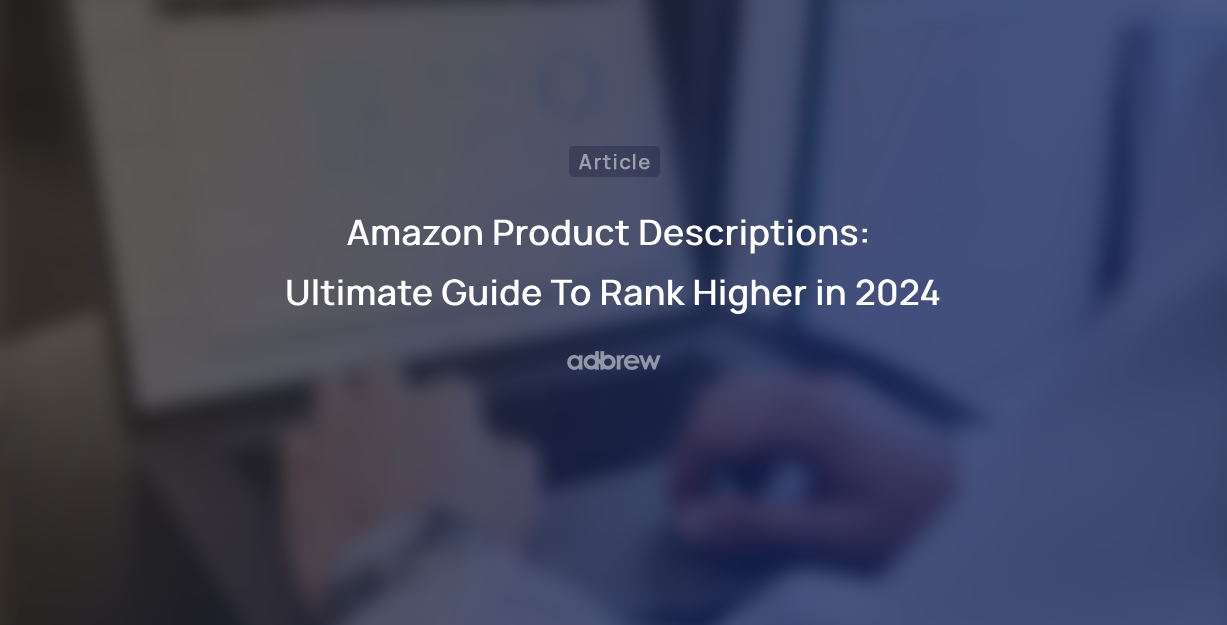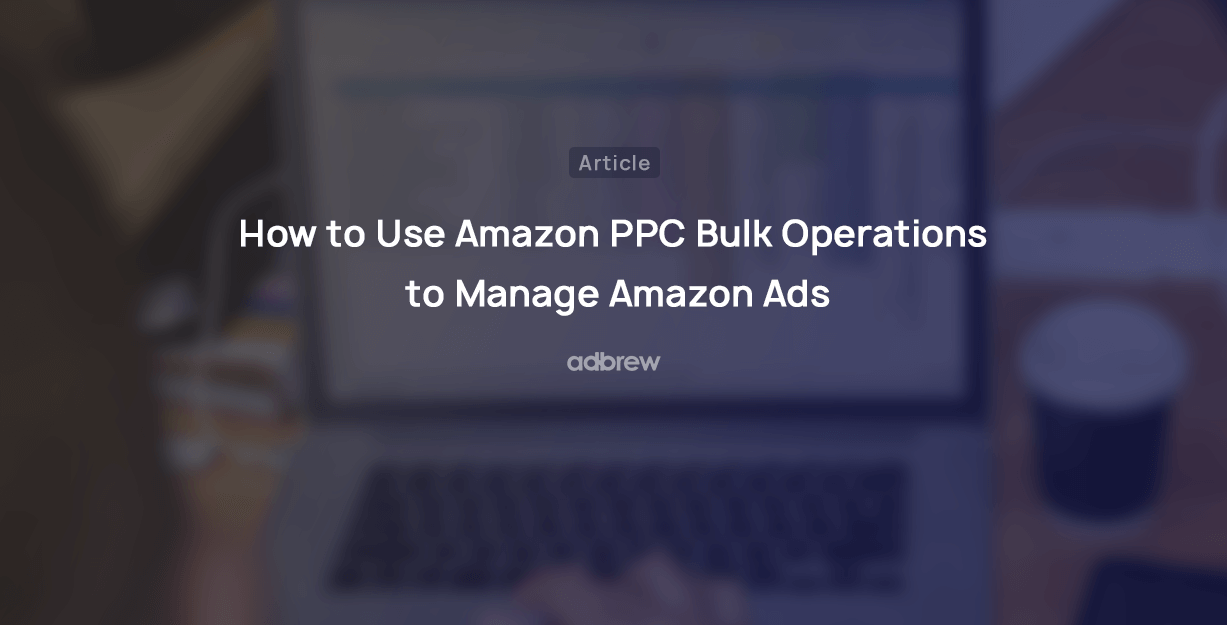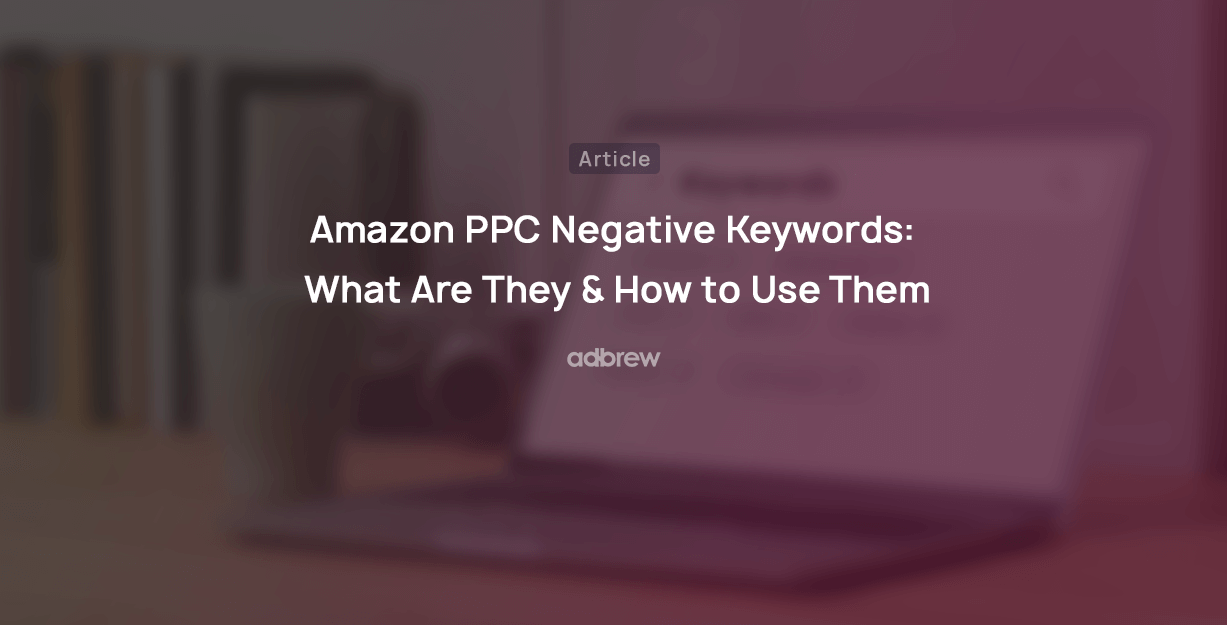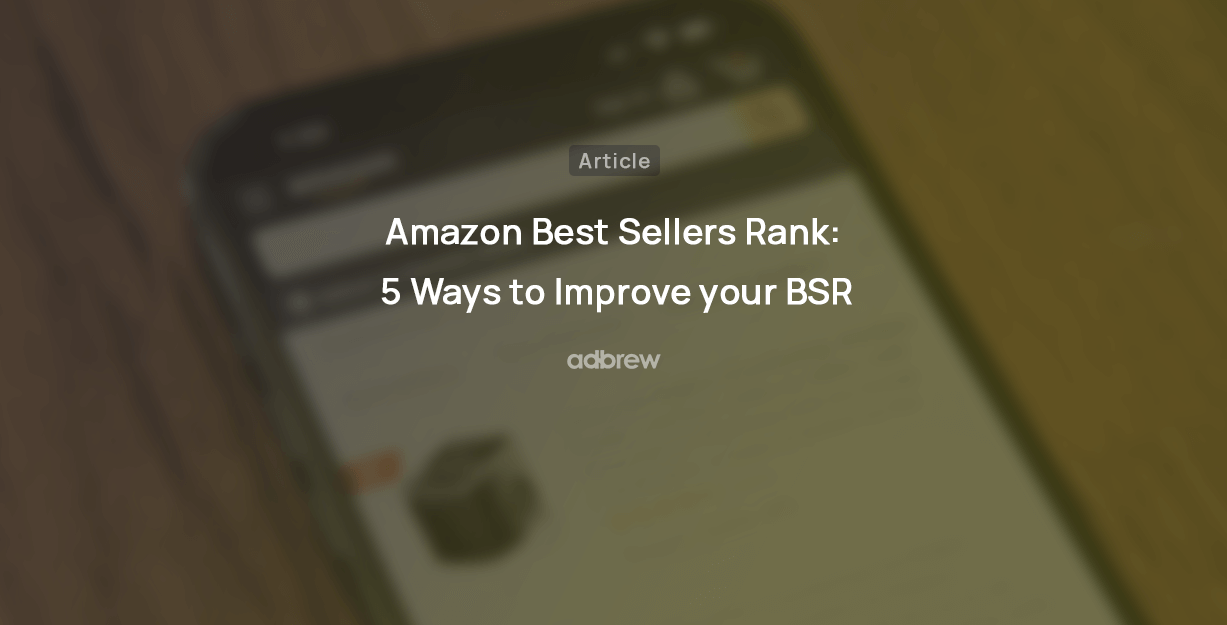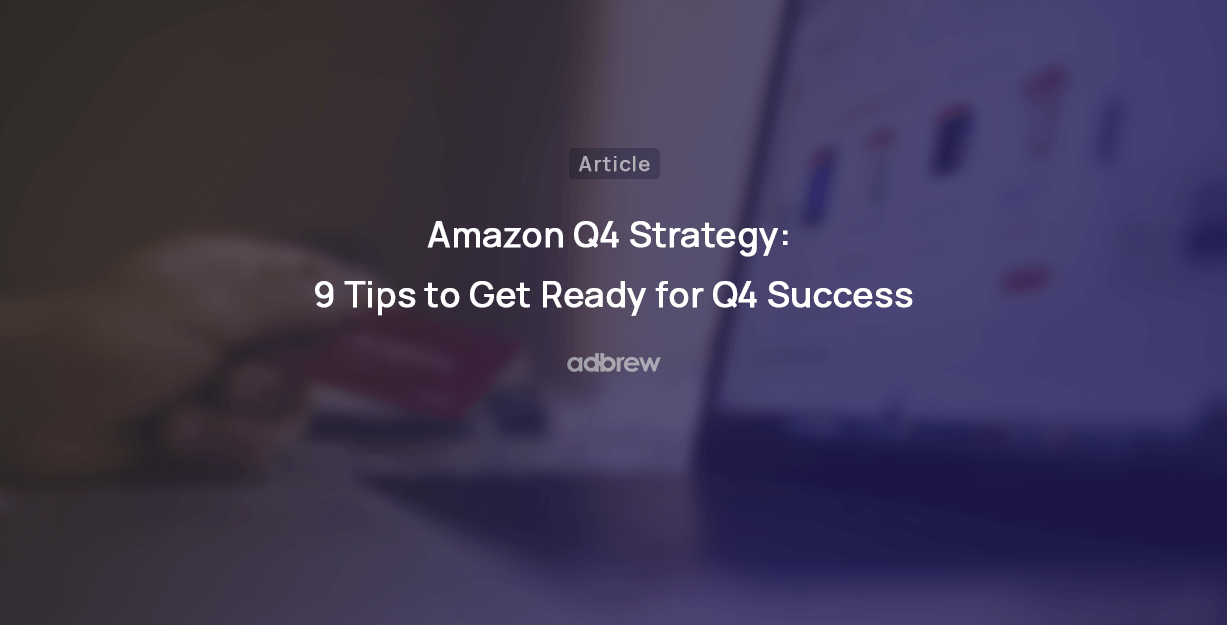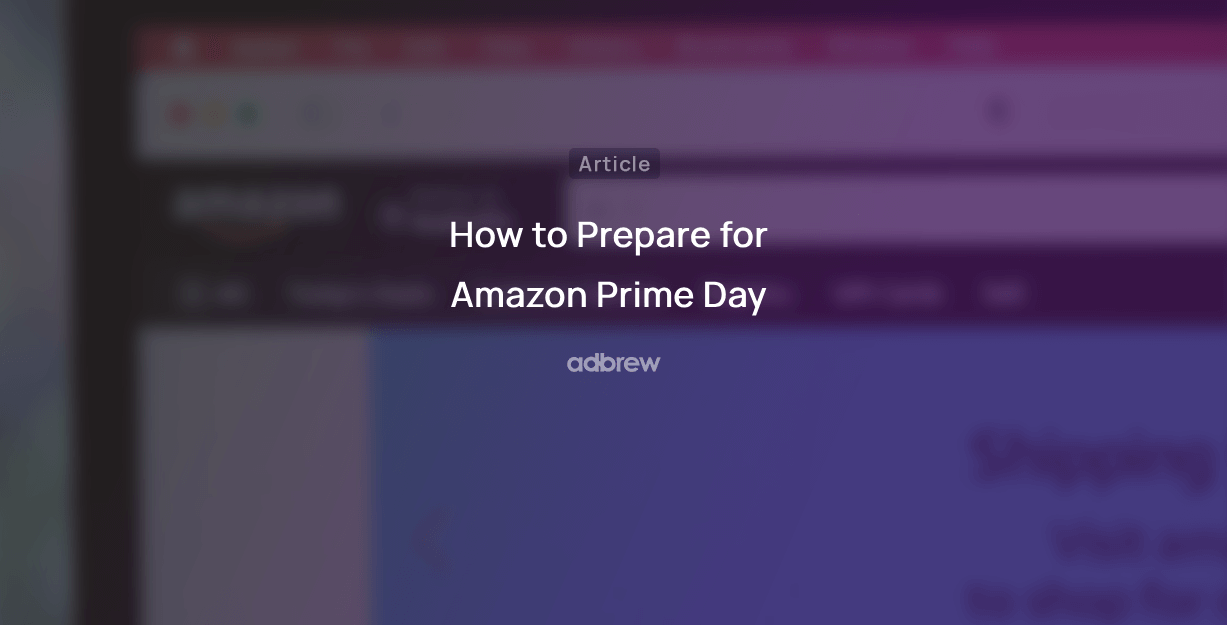
If you’re an Amazon seller and curious about Amazon IPI score and its impact on your business, this blog post is for you. We’ll explore what the Amazon Inventory Performance Index (IPI) score is, why it’s important, and the steps you can take to improve it.
What is the Amazon IPI score?
The Inventory Performance Index (IPI) score measures the efficiency of your inventory management practices within Amazon’s fulfillment centers. The score ranges from 0 to 1,000, with a higher score indicating more effective FBA inventory management. Amazon typically sets a minimum threshold (around 400) that sellers must meet to avoid inventory restrictions and additional storage fees. If your IPI score falls below this threshold, Amazon may limit the amount of inventory you can send to its fulfillment centers, making it more challenging to maintain healthy inventory levels and meet customer demand.

Key Factors Influencing Your Amazon IPI Score:
Excess Inventory Percentage
Excess inventory refers to products with a supply lasting more than 90 days, indicating they are overstocked relative to their sales rate. A high excess inventory percentage means that you are holding too much inventory compared to what is being sold. This can lead to increased storage costs and lower Inventory Performance Index (IPI) scores.
FBA Sell-Through Rate
The sell-through rate measures how quickly you sell your FBA inventory relative to the amount you have in stock. It is calculated by dividing the number of units sold in a 90-day period by the average number of units available during that period. A higher sell-through rate indicates that your FBA inventory is selling well, positively impacting your Amazon IPI score.
Stranded Inventory Percentage
Stranded inventory consists of items stored in Amazon’s fulfillment centers that are not available for sale due to listing errors or other issues. This inventory takes up valuable storage space without contributing to sales, negatively affecting your Amazon IPI score. Regularly checking for and resolving stranded FBA inventory issues can help improve your score.
FBA In-Stock Rate
This measures the percentage of time your best-selling products are in stock and available for purchase. Maintaining a high in-stock rate ensures that you are meeting customer demand, leading to higher sales and a better IPI score.
Why is the Amazon IPI Score Important?
The IPI score plays a crucial role in determining your success as an Amazon seller. Here’s why:
Storage Limits
A low IPI score can result in reduced storage space at Amazon’s fulfillment centers, limiting your ability to stock popular items and fulfill orders. By maintaining a high IPI score, you ensure sufficient storage space to meet customer demand.
FBA Storage Fees
Poor inventory management can lead to higher FBA storage fees. For example, long-term storage fees are charged for inventory that remains in Amazon’s fulfillment centers for more than 365 days. By optimizing your IPI score, you can reduce these fees and lower your overall storage costs.
Seller Performance
A high IPI score reflects effective inventory management, contributing to better overall seller performance. This can help you maintain a healthy account status and build a positive reputation on Amazon.
How to Check Your Amazon IPI Score?
Checking your Amazon Inventory Performance Index (IPI) score is easy and can help you manage your inventory better. Follow these simple steps:
1. Log in to Seller Central
Open your web browser and go to Amazon Seller Central. Log in using your account credentials.

2. Go to the Inventory Section
Once you’re logged in, look at the top menu. Click on the “Inventory” tab to see the dropdown options.
3. Select Inventory Planning
From the dropdown menu, click on Inventory Planning. This will take you to the Inventory Performance Dashboard.
4. Find Your IPI Score
You’ll find your Amazon IPI score there.
5. Check the Score Details
Look at the factors that affect your IPI score, like excess inventory, sell-through rate, stranded inventory, and in-stock inventory. This information is also available on the dashboard.
6. Review Recommendations
Amazon provides recommendations to help improve your Amazon IPI score. Look for these suggestions on the dashboard. They might advise you on reducing excess inventory or fixing stranded inventory.
7. Monitor Your Score Regularly
Make it a habit to check your IPI score weekly. The score updates regularly, and keeping track of changes can help you stay on top of your inventory handling.
8. Set Up Alerts
To stay informed, set up notifications in Seller Central. This way, you will get alerts if your IPI score changes or if there are issues with your inventory.
How to Improve Your Amazon IPI Score
Improving your Amazon IPI score requires a proactive approach to inventory handling. Below are some practical strategies to help you boost your score:
1. Manage Excess Inventory

Excess inventory is one of the main reasons for a low IPI score. Here’s how to manage it effectively:
Use Amazon’s Inventory Dashboard: Regularly check the Inventory Dashboard in Seller Central to identify overstocked items. The dashboard provides insights into your excess inventory levels and recommends actions to reduce them.
Run Promotions or Discounts: If you have excess inventory, consider running promotions or offering discounts to move these products quickly. This can improve your sell-through rate and reduce storage costs.
Create Removal Orders: For products unlikely to sell, create a removal order to clear out excess stock. Removing unproductive inventory can free up storage space and improve your IPI score.
Participate in FBA Liquidations: Amazon’s FBA Liquidations program allows you to sell excess inventory to liquidators, reducing storage fees and helping you manage excess units effectively.
2. Optimize Your Sell-Through Rate
A high sell-through rate is crucial for a strong IPI score. Here’s how to optimize it:
Accurately Forecast Demand: Use historical sales data and market trends to forecast demand for your products. This helps you maintain balanced inventory levels and avoid overstocking.
Adjust Your Pricing Strategy: If your sell-through rate is low, consider adjusting your pricing strategy. Competitive pricing can make your products more attractive to buyers, leading to faster sales.
Bundle Slow-Moving Products: Create product bundles that pair slow-moving items with popular ones. This strategy can help increase the overall sell-through rate for your inventory.
Monitor Sell-Through Metrics Regularly: Use Amazon’s Inventory Performance Dashboard to track your sell-through rate and make data-driven decisions about pricing, promotions, and inventory planning.
3. Fix Stranded Inventory
Stranded inventory can significantly impact your Inventory Performance Index score, so it’s important to address these issues promptly:
Check Your Stranded Inventory Report: Amazon provides a Stranded Inventory Report in Seller Central that lists products not available for purchase due to listing errors. Regularly review this report and resolve any issues.
Update Product Listings: Ensure your product listings are complete and accurate. Missing information, such as keywords or product details, can cause your listings to become stranded.
Monitor Listing Health: Use Amazon’s Listing Quality Dashboard to monitor the health of your listings and address potential issues before they lead to stranded inventory.
4. Maintain High In-Stock Inventory
Keeping popular products in stock is essential for a good Inventory Performance Index score. Here’s how to maintain high in-stock rates:
Use Amazon’s Restock Inventory Tool: This tool provides recommendations on when to reorder products based on sales history and demand forecasts. Use it to keep your best-selling products in stock.
Set Up Inventory Alerts: Set up alerts in Seller Central to notify you when stock levels for popular items are low. This allows you to reorder products before they go out of stock.
Use the Inventory Performance Advisor: Amazon’s Inventory Performance Advisor offers personalized recommendations to help you maintain healthy inventory levels and avoid stockouts.
5. Regularly Monitor Your Amazon IPI Score and Inventory Health

Consistent monitoring and adjustments are crucial for maintaining a high Amazon IPI score:
Review Your IPI Score Weekly: Amazon updates your IPI score every week. Make it a habit to review your score regularly and take action if you notice any significant changes.
Track Inventory Metrics: Use Amazon’s Inventory Dashboard and Performance Reports to track key metrics such as excess inventory percentage, sell-through rate, and in-stock rate.
Stay Informed About Policy Changes: Amazon’s policies and thresholds can change. Stay informed about updates that could affect your inventory handling strategies and IPI score.
6. Understand Amazon’s Storage Limit Policies
Familiarize yourself with Amazon’s storage limit policies to plan your inventory effectively:
Know the IPI Threshold: Amazon typically requires a minimum Amazon IPI score (around 400) to avoid storage limits. Keeping your score well above this threshold can help you avoid restrictions.
Plan for Peak Seasons: During peak seasons like holidays, storage space becomes more limited. Ensure your IPI score is high enough to avoid restrictions that could impact your ability to stock popular items.
Utilize Inventory Management Tools: Use tools like the Inventory Age and Excess Inventory reports to make informed decisions about restocking and liquidating inventory.
Manage Long-Term Storage Fees: Avoid long-term storage fees by managing your inventory effectively and reducing excess and aged FBA inventory.
Conclusion
Maintaining a high Amazon IPI score is essential for effective inventory management and cost minimization. Regularly monitoring the inventory dashboard allows you to manage excess and aged inventory, balance stock levels, and reduce unproductive inventory. By addressing overstocked items and minimizing lost sales, you can improve your IPI scores and avoid unnecessary fees.
Proactively managing your inventory—by reducing excess stock and optimizing restocking strategies—ensures a consistently high IPI score. This approach not only helps you avoid storage restrictions but also enhances your sales potential and customer satisfaction. Stay diligent with your inventory management practices to achieve long-term success on Amazon.
Maximize Your ROI on Amazon Advertising Spend

Frequently Asked Questions
How often does Amazon update the IPI score?
Amazon updates your Amazon IPI score weekly, reflecting recent inventory performance.
Check the Inventory Performance Dashboard in Seller Central for the latest score.
Can seasonal sales affect my Amazon IPI score?
Yes, seasonal fluctuations can impact sell-through and in-stock rates.
Plan inventory for peak seasons to maintain a high IPI score.
Can I improve my IPI score by selling outside Amazon?
Focus on optimizing FBA sales and inventory to improve your score.
Recent Posts
Take your Amazon PPC advertising to the next level

Related Blogs
Running Amazon ads with an empty shelf? You might as well be burning cash. Many sellers focus on optimizing bids, […]
In today’s competitive digital landscape, growing your eCommerce brand requires more than just a standalone website or a single marketplace […]
Are you an Amazon seller looking to offload excess inventory or seasonal items? The Amazon Outlet program might be just […]
Turning your bookshelf into a source of income has never been easier, thanks to Amazon. If you have books collecting […]
If you’re an Amazon seller, encountering an account suspension or policy violation can be a significant setback. But with the […]
Introduction Amazon dropshipping is an increasingly popular way to run an e-commerce business without the need to store or ship […]
Introduction The Amazon Influencer Program is a great way for content creators to turn their influence into earnings. This program […]
Introduction Amazon Kindle Direct Publishing (KDP) is a platform that allows authors to self-publish their work as ebooks or print […]
Selling on Amazon offers many opportunities for businesses, but it’s essential to understand the costs involved with Fulfillment by Amazon […]
Walmart is quickly becoming a popular platform for brands and sellers to connect with more customers. One way to boost […]
In today’s competitive retail landscape, reaching the right audience at the right time is crucial for success. Walmart’s Demand Side […]
In today’s fast-paced eCommerce landscape, shoppers demand speedy delivery. Walmart has responded by offering 2-day shipping, giving sellers on the […]
Running successful Walmart advertising campaigns takes more than just setting them up—it requires ongoing optimization. A Walmart PPC (Pay-Per-Click) audit […]
Are you ready to tap into the massive potential of Walmart Marketplace? With millions of daily visitors and a loyal […]
In the world of e-commerce, Amazon and Walmart reign supreme, dominating the retail landscape. These two giants offer vast opportunities […]
Are you a brand owner struggling to maintain control over your products on Walmart? The Walmart Brand Portal is here […]
Are you dreaming of a passive income stream from your Walmart store? The allure of an automated Walmart store with […]
Are you a seller looking to tap into the massive market of private-label brands? Walmart, one of the world’s largest […]
Tired of your Walmart products getting lost in the shuffle? In this blog post, we’ll dive into the essential strategies […]
Ever wondered why some Amazon sellers seem to have a magic touch with product bundles? It’s not luck—it’s strategy. Bundling […]
If you’re a Walmart seller looking to grow your business through retail media, Walmart Connect could be a game-changer. But […]
If you’re an Amazon seller, you may have noticed a portion of your inventory marked as “reserved” without knowing exactly […]
Have you ever wondered what managing your own Amazon orders is like? Switching from Fulfilled by Amazon (FBA) to Fulfilled […]
Walmart Marketplace offers an exciting opportunity for sellers to reach a vast audience by listing their products on Walmart’s platform. […]
Selling products on online marketplaces has become a vital strategy for businesses to reach more customers. If you’re looking to […]
Are you a Walmart seller aiming to improve your visibility and sales? In this blog, we will explore Walmart SEO, […]
As an Amazon brand owner, maintaining control over your product listings is essential to protect your brand’s reputation and customer […]
Improving your sales on Walmart starts with understanding how to consistently win the Buy Box. Securing this position can make […]
Are you an Amazon seller struggling to increase your rating? A high seller rating is crucial for attracting new customers […]
As an Amazon seller, providing the best customer service is paramount to maintaining a positive customer experience. One key metric […]
If you’re an Amazon seller and curious about Amazon IPI score and its impact on your business, this blog post […]
Introduction Starting an Amazon subscription box business presents a unique opportunity to tap into the growing trend of curated, recurring […]
Thinking about using Fulfillment by Amazon (FBA) to sell on the Amazon marketplace? Awesome! But before you box up your […]
Thinking about using Fulfillment by Amazon (FBA) to streamline your Amazon business? While FBA offers a convenient way to store […]
For FBA sellers, the Amazon Buy Box is the holy grail of product visibility. But with constant algorithm updates and […]
Have you ever wished you could offer customers pre-made packages of complementary products without the hassle of physically bundling them […]
Have you ever wanted to create a more branded and engaging presence for your products on Amazon? An Amazon storefront […]
Are you storing items on Amazon for a while? If so, it’s important to be aware of Amazon long term […]
When selling products on Amazon, it is crucial to follow their packaging requirements, rules, and guidelines. Proper packaging ensures that […]
Amazon A/B testing can significantly enhance your product listings and boost sales. This method, also known as split testing, involves […]
Have you ever browsed Amazon and stumbled upon a product with a little blue badge that reads “Amazon’s Choice“? It […]
Amazon FBA vs FBM needs to be explored, when we ship products and handle orders while selling on Amazon. With […]
Ever feel like you’re missing something in your Amazon PPC Search Terms report? You might be! Sure, they show what […]
Amazon can be a fantastic platform to reach new customers, but keeping your virtual shelves stocked can get tricky. That’s […]
Navigating Amazon as a new seller can be tough, but there are tools and programs available to help such as […]
Have you ever scrolled through an Amazon search result page and noticed product recommendations nestled alongside the standard listings? These […]
Finding time for yourself while selling on a competitive marketplace like Amazon can be challenging. As a seller, your main […]
Starting an E-commerce business has become quite easy with Amazon, but it also brings heavy competition. Millions of Amazon sellers […]
As an Amazon seller, you know the importance of getting your products seen. But with millions of listings, how do […]
Ever scrutinized an Amazon product page and noticed the cryptic “Sales Rank”? Wondering what it means and how it impacts […]
Millions of products compete for customer attention on Amazon’s search results page, making it tough for your brand to stand […]
Are you selling products on Amazon and looking to increase your sales? This blog is for you. We’ll share tips […]
Are you an Amazon seller looking to boost your brand visibility and profitability? Are you feeling stuck in the cycle […]
Ever wonder what drives your online shopping habits? Perhaps a captivating product description, or an eye-catching professional photo? As it […]
For any seller on Amazon, understanding the A9 algorithm is crucial for success. This complex algorithm dictates which products appear […]
Are you an Amazon seller looking to turn those single purchases into recurring revenue? Look no further than the Subscribe […]
Amazon has become a go-to platform for all e-commerce business owners to launch and scale their e-commerce brands online. But […]
Mother’s Day, a time to celebrate the incredible women who raised us, is a prime opportunity for Amazon sellers to […]
In the ever-competitive landscape of Amazon, ranking high in organic search results is crucial for driving sales. While you might […]
If you’ve ever found yourself scratching your head over Sessions and Pageviews on your Amazon business reports, you’re not alone. At […]
Amazon is a massive marketplace, attracting millions of customers with diverse needs, preferences, budgets, and mindsets for shopping. To effectively […]
With Amazon boasting over $575 billion in retail sales for 2023, it’s no wonder so many sellers flock to its […]
Advertising on Amazon through pay-per-click campaigns can significantly enhance product visibility and sales for sellers. However, mastering Amazon PPC, with […]
Have you heard of the terms copyright infringement and plagiarism? If so, then Amazon Brand gating won’t be unfamiliar to […]
If you are running ads on Amazon, you’ll come across a sea of data in your advertising console. But does […]
Have you heard of the terms copyright infringement and plagiarism? If so, then Amazon Brand gating won’t be unfamiliar to […]
In the fast-paced world of e-commerce, where shoppers are bombarded with choices, standing out on platforms like Amazon is paramount […]
Are you planning to start an Amazon FBA store? If so, you’ll encounter a unique term – FNSKU. This seemingly […]
As an Amazon seller, you understand the power of reviews. They’re the lifeblood of trust and conversion on the platform. […]
Are you struggling to get Amazon reviews on your product? Well, you are not alone! Reviews are the backbone of […]
Are you tired of bland Amazon product listings failing to grab attention? In today’s competitive online marketplace, standing out is […]
As an Amazon seller, understanding how your brand performs throughout the customer journey is vital for success. However, until recently, […]
As an Amazon seller, optimizing your business and maximizing profits relies heavily on data analysis. One invaluable tool for gaining […]
Are you struggling to get noticed on Amazon’s massive platform? Do your products get lost in a sea of similar […]
For any Amazon seller getting into the world of sponsored advertising, understanding the Advertising Cost of Sale (ACoS) is crucial. […]
A well-executed Amazon product launch strategy can be the key to unlocking success and gaining a competitive edge. As the […]
In the ever-evolving landscape of e-commerce, distinguishing between keywords and search terms is vital for optimizing product visibility and driving […]
Ever felt like you are throwing darts in the dark when it comes to your marketing efforts outside Amazon for […]
Amazon, the e-commerce giant, has successfully concluded a robust business year with outstanding performance in quarter 4. The most recent […]
Picture this: you have a great product on Amazon, but it’s not selling well despite having attractive images and a […]
The advertising landscape is evolving, and viewers are rapidly migrating from traditional cable TV to streaming platforms. This presents a […]
Feeling lost in the Amazon discount jungle? Struggling to reach the right customers and entice them to make the purchase? […]
Are your products getting lost in the vast ocean of Amazon listings? Do you want them to stand out, rank higher, […]
For years, Amazon sellers were in the dark. They couldn’t see what keywords customers were using to find their products, […]
Selling on Amazon can be tough with so many others doing the same in your category. That’s why it’s super […]
For Amazon sellers, understanding their customers has often felt like navigating a maze without a map. The missing link? A […]
Have you ever felt like your Amazon advertising campaigns are lost in a tangled jungle of keywords? You’re not alone. […]
When did you last give your Amazon PPC account a checkup? Regular Amazon PPC audits are crucial to ensure the […]
Embarking on the path of online selling? If so, you’re likely aware that Amazon is your ultimate destination. With a […]
Ever felt like your product is lost in the vast Amazon jungle? You’re not alone. With millions of shoppers actively […]
Amazon Sellers selling on the Amazon marketplace usually utilize Amazon advertising without keeping a close eye on the TACoS metric. […]
The rush of Black Friday and Cyber Monday might be over, but the opportunity for continued sales growth extends beyond […]
In the fierce Amazon advertising domain, where competition rises and costs increase, understanding and keeping track of the right metrics […]
Have you ever felt the frustration of campaigns going out of budget, leading to missing out on potential sales, or, […]
Amazon PPC campaigns can be a powerful tool for driving traffic and sales to your products. However, without proper structure, they […]
Whether you are creating a new advertising campaign or optimizing existing ones, doing it manually from the Amazon ad console […]
Want to know what search terms people use to visit or purchase your product on Amazon? If yes, you’re in […]
When you are spending dollars or even more to get a click on your Amazon ads, you want to ensure […]
Are you an Amazon seller looking to maximize your profits and minimize your advertising costs? If so, you’re not alone. Many […]
Are you exclusively relying on traditional metrics such as CTR, CPC, CVR, or ROAS to make your campaign optimization decisions? […]
Navigating the ever-evolving landscape of Amazon’s online marketplace is essential for any seller looking to thrive on the platform. Among […]
As the holiday season approaches, businesses are gearing up for the highly anticipated Q4 rush. To ensure a successful Q4, […]
Do you regularly review your Amazon advertising reports? If not, you may be missing out on numerous opportunities. Amazon […]
Whether you’ve just launched a new product or have been selling on Amazon for a while, advertising on the platform […]
Amazon PPC bidding strategies that you choose play a significant role in the success of your Amazon Ads campaigns. As […]
Have you ever heard of a “catch-all campaign”? This single campaign can generate extra sales for you at a very […]
Amazon Prime Day is one of the largest global e-commerce sales events, attracting millions of customers worldwide. But how do […]
Are you looking to boost your brand’s visibility and drive more sales on Amazon? Look no further than Amazon Sponsored […]
Succeeding on Amazon in 2024 isn’t easy. Just listing your products and hoping for the best won’t work anymore. You […]
Are you bidding the same amount for all your ad placements on Amazon? If yes, then you’re missing out on […]
Whether you are looking to boost product discovery or target audiences further down the sales funnel who have already engaged […]
We, at Adbrew catalyze millions of dollars of ad spend monthly through our platform, with Sponsored Product Ads being the […]
Do you want to know how many clicks you should give a search term before adding it as negative in […]
Think of your product listing as a guiding light on the Amazon marketplace. It’s your chance to grab attention, tell […]
It is no longer a secret that shopping behavior on Amazon varies over the day. This is the reason why […]
Are you struggling to get the most out of your advertising budget on Amazon? Do you find that your campaigns […]
Ever run an Amazon Ad campaign and wondered why some sales weren’t directly linked to the products you advertised? That’s […]
If you’re managing Amazon PPC ads, it’s essential to have an effective and organized approach for target harvesting and movement. […]




























